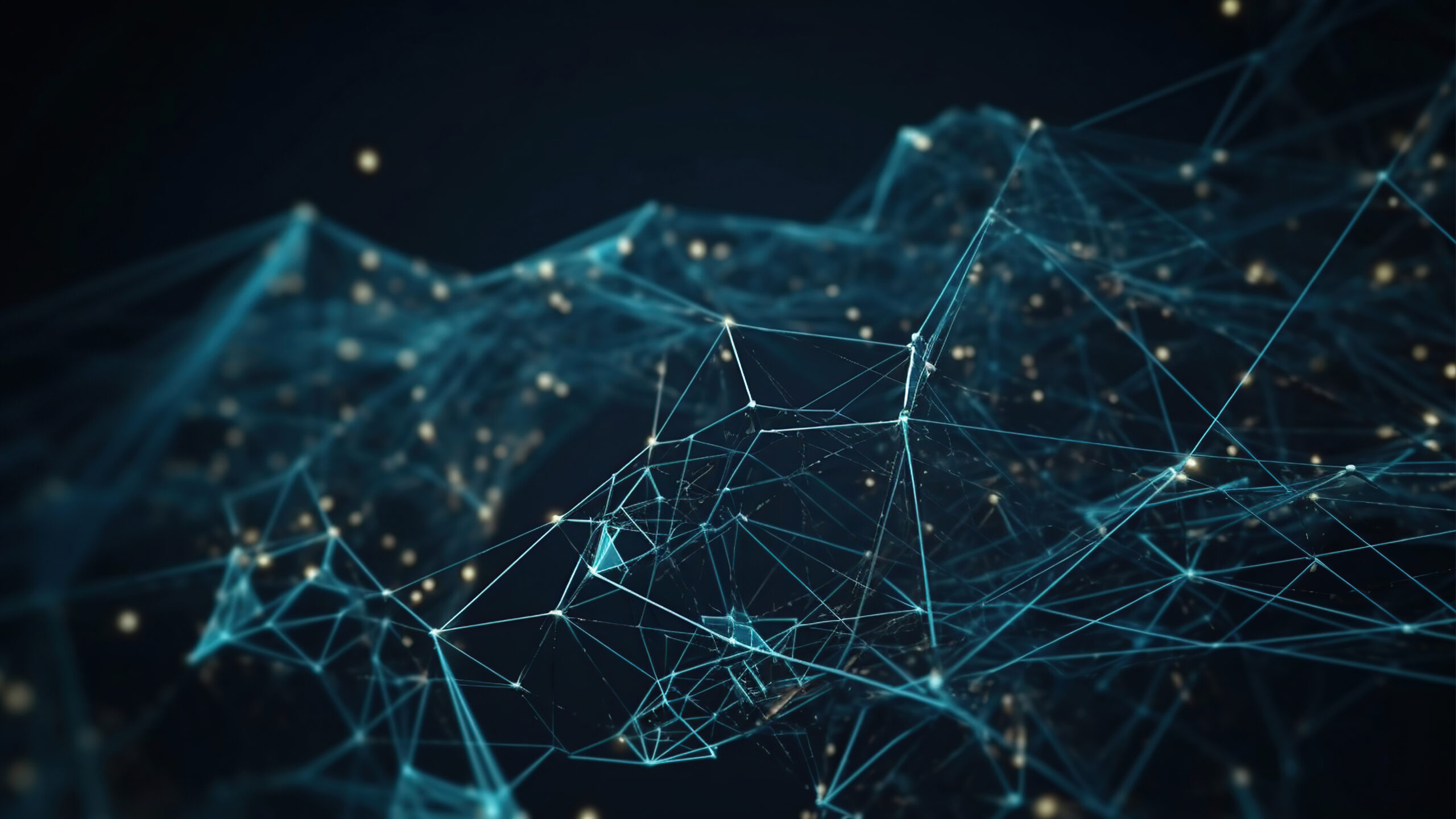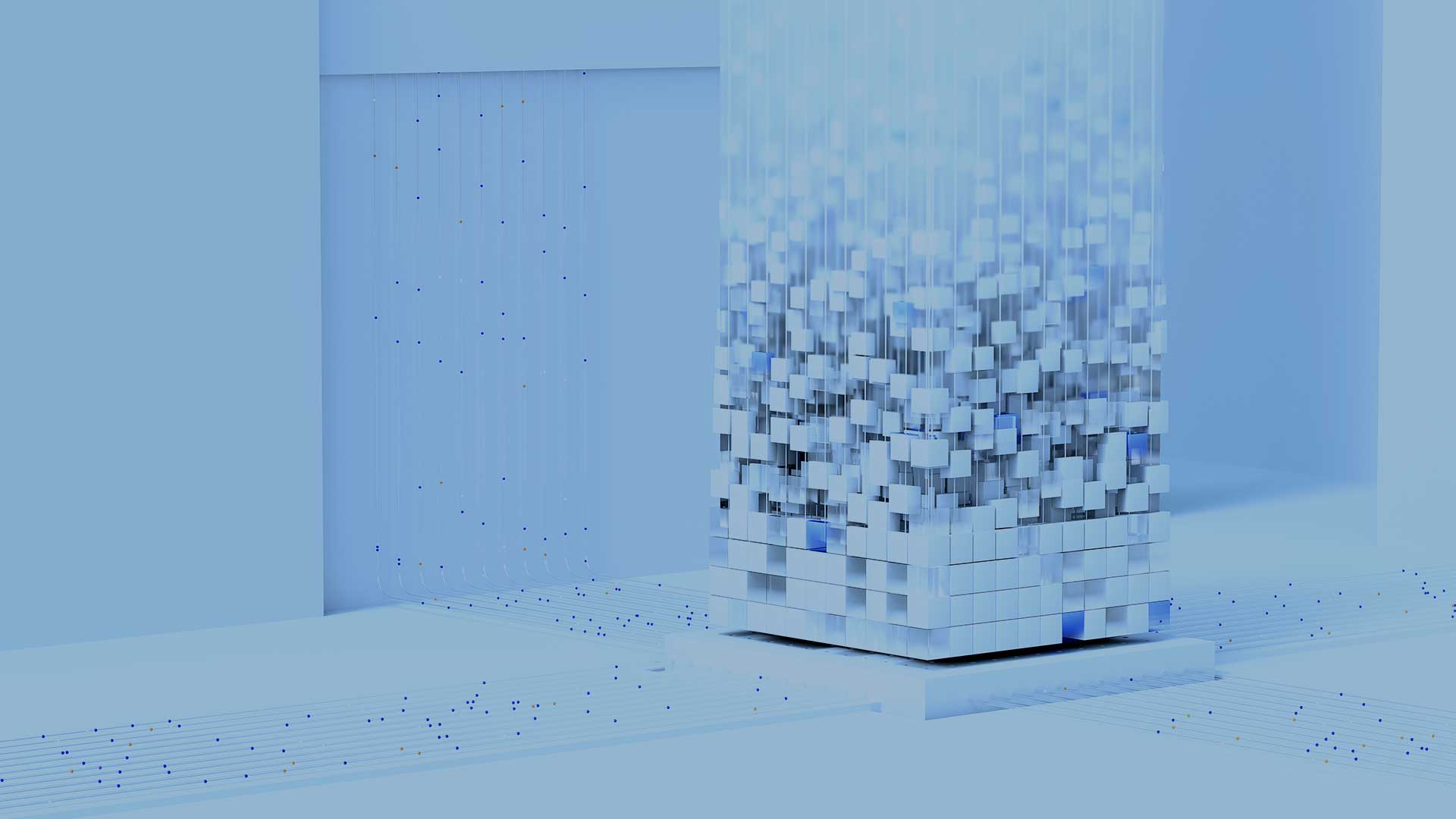AUTHORS

Andrea Taglioni
Director @Bip xTech
Process Mining is the key technology for having a complete insight of business processes, also in comparative logic towards a situation deemed optimal or reference (e.g. the Covid-19 pre-crisis structure).
This article was written in the midst of the COVID-19 emergency.
Never as in these situations has Process Mining become a topical issue.
What is happening to business processes with smart working? It is not only a theme of productivity drop, already inferable by KPIs that all companies have created to measure the output of processes, but it is also a theme of how processes have changed: changes in the path processes are run through, change in the communication flows between people, variation of management of processing queues.
Process Mining is the key technology for having a complete insight of business processes, also in comparative logic towards a situation deemed optimal or reference (e.g. the pre-crisis structure).
With Process Mining it is possible to “graphically see” the process flow in all its journey variants, and measure execution and waiting times, process loops and performance.
Let’s start from the beginning.
It is a Business Intelligence technology capable of ingesting the “traces” left by the processes on the information systems and interpreting them by reconstructing the Process.
For example, a purchase process on an ERP system leaves traces of events such as the signing of a contract, the creation and then the release of a Purchase Request, the creation of an Order, its approval, a Goods Receipt, the receipt of an Invoice, its registration, the ok to the payment and then the payment itself.
The events of a single process can also span in multiple information systems (e.g. a website and an underlying ERP), in the form of textual logs or transactional tables.
It is true, parts of the process can be “untraced”, however different vendor solutions are also being equipped with engines to capture process portions managed with individual productivity tools.
Listen to the Podcast
The data requirements given to feed a process mining tool are minimal, it is enough to have a record for each event containing an identification of the process instance, the name of the event (eg. Release of Order), a date-time to start the event (and optionally an event end date), and optionally the Team / Resource that managed the event. However, all additional data can be ingested and used as filters.
The outputs of the Process Mining tools are manifold, primarily:
- A graphical view showing the process in its complexity, and it is possible to select the level of detail by hiding the less frequent / impacting paths and activities. The view includes the numeric frequencies and waiting / travel times for each activity (node) and each connection between activities (arc).

- The possibility to examine and quantify the different process path variants, highlighting virtuous or vicious situations

- The automatic extraction of Happy Path (optimal or more frequent path), the comparison between multiple variants (eg Variant 1 vs. Happy Path), and the automatic drawing of the flow in BMPN or equivalent notation, in order to generate / export official documentation (e.g. export to tools like ARIS)
- The visualization of the relationships between teams / operators, and the degree of involvement of the teams in the various process activities
- Process monitoring dashboard with graphs, flows, KPIs, gauges
- Some tools also have the ability to perform root cause analysis and what-if simulation
So what are the main uses of Process Mining?
- Process Discovery (the generation of the diagrams and the detection of the process path variants)
- Process Analysis (The measurement of volumes, critical points and bottlenecks, and their historical trends)
- Golden path (the determination of optimal and dangerous route variants)
- Process Benchmarking (comparison of process execution between different teams, or different locations or different historical moments, or between different categories of products / services)
- Conformance and root causes (adherence to the designed process and explanation of the factors that determine the greatest deviation)
- Anomaly detection (continuous monitoring of efficiency and deviance KPIs, identification of anomalous / critical cases in the business as usual)
- What-if / simulation (predicting the impact of changes (automation / RPA, change in resources, change in SLA)
- Highlighting of the need for process reengineering to remedy situations of inefficiency or adapt to changes in requirements
All this translates into advantages of greater awareness and control, efficiency and effectiveness, respect for SLAs, optimization.
In Italy and Europe, Process Mining has started to be used for more “typical” processes such as Accounts Payable, Accounts Receivable, Logistics, and its use is gradually being extended to other processes such as Operations (both production and services operations), Marketing / Sales, and staff processes (for example Human Resources).
Gartner (Market Guide for Process Mining) and other analysts predict that use will be doubled every 2 years in the next five years.
Up to now we saw how Process Mining can be adopted both as an analysis and monitoring tool in multiple sectors, and as a practical what-if tool in assessments for defining roadmaps of automation through Robotic Process Automation.
Let’s get back to the opening topic of this article: how can Process Mining help in these times of crisis due to COVID-19?
Process Mining can help in many use cases: first of all by creating quick comparative variation analyses on the processes (pre-crisis vs in-crisis), highlighting performance drops, SLA infringement, zooming on which product/service categories or other factors (teams/locations/company sectors) are causing the performance degradation.
The same mechanism will enable a post crisis strict monitoring of the way back to normal situation, its rapidity and hysteresis (intertia in getting back to business as usual) in some areas/activities.
Not only, thorugh Process it’s also possible to monitor administrative cycles, highlighting situations of risk in collection and potential motivated shifts in payments to suppliers in case of delayed delivery.
Even more, it’s possible to monitorar the entire supply chain, pointing out suppliers at risk (based on COVID-19 spread among their production plants) or entire compartments at risk (e.g. a raw material heavily concentrated in a production chain blocked by COVID-19), and suggesting alternative suppliers/zones not yet or no longer touched by pandemic. On the other side the solution can support in the choice of priority in supplies upstream of the supply chain, trying not to block critical customers for the supply chain where it’s not possible to serve all customers.
Some Process Mining Vendors already published acceleration kits on many use cases related to COVID-19 (e.g. https://www.celonis.com/solutions/covid19-customer-care/).
If you are interested in learning more about our offer or would like to have a conversation with one of our experts, please send an email to [email protected] with “Process Mining” as subject, and you will be contacted promptly.
Read more insights














































